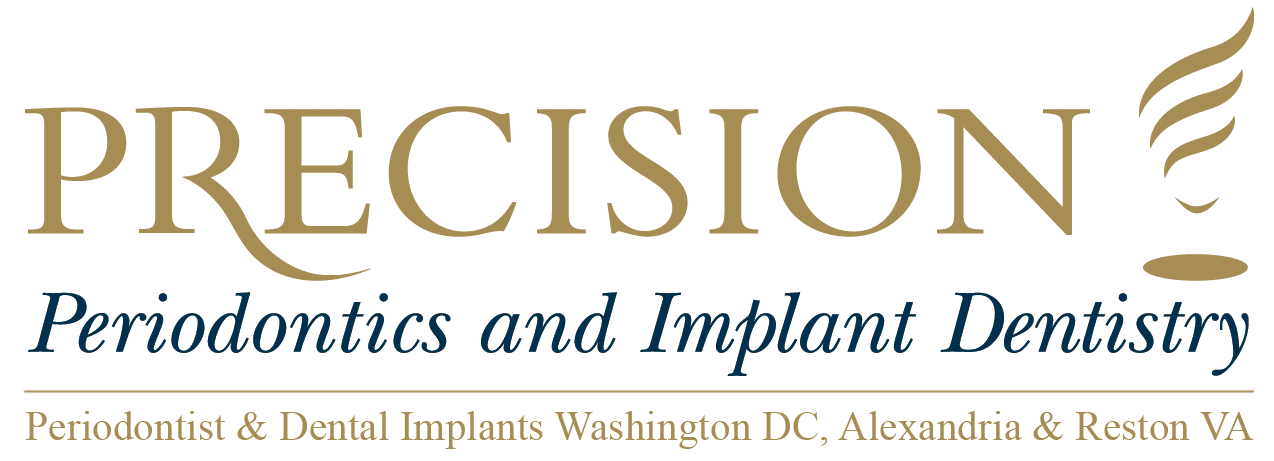Periodontology - Occlusal Trauma
Occlusion is the term that describes the relationship between the teeth in the top row and the teeth in the bottom row when the jaws close while chewing or at rest. When an extreme force is exerted upon the teeth and this affects their alignment, they have undergone occlusal trauma. This misalignment is called traumatic occlusion, and it may result from occlusal trauma, or it may result from disease or dental treatment. Whenever the occlusion is negatively affected, causing tenderness, sensitivity, or pain and possibly damage to or migration of the teeth, this is considered traumatic occlusion, regardless of the cause. Traumatic occlusion may lead to thickening of the alveolar bone and periodontal ligament. It may also cause bleeding, cell injury and cell death, bone resorption, and damage to the cementum.
There are two classifications of occlusal trauma: primary and secondary. Primary occlusal trauma takes place when excessive forces, or forces that exceed the normal level, are exerted on the teeth, as in with grinding of the teeth or certain biting habits, such as chewing on pencils or biting the nails. These forces may be excessive in duration, frequency, or magnitude. When no periodontal disease is present and periodontal attachment is therefore healthy, occlusal trauma is classified as primary. When excessive occlusal forces, and also sometimes normal occlusal forces, are exerted on teeth whose periodontal attachment is compromised by periodontal disease, this can cause secondary occlusal trauma. Secondary occlusal trauma adds additional harm to a system that is already disrupted by disease.
Teeth are engineering marvels. They are exposed to countless occlusal forces from many directions. When occlusal trauma occurs, the center of the tooth plays the role of the fulcrum, and the bone on one side of the tooth will be resorbed while the bone on the other side of the tooth will thicken, in a balance resembling a see-saw. This can lead to tooth mobility, which is more likely in secondary occlusal trauma. The cause of pain and mobility must be eliminated in order to correct this problem; this is more complicated in cases of secondary occlusal trauma, wherein the traumatized teeth were already compromised by a pre-existing condition. Cases of primary occlusal trauma, which involve teeth that are known as periodontally uninvolved, can be repaired by removing elevated spots on recently restored teeth or modifying habits that lead to occlusal trauma. For people who grind their teeth, a condition known as bruxism, a nightguard may be recommended or the teeth may be selectively reshaped to reduce excessive contact. If teeth are missing, restoration, with either a removable or implant-supported prosthesis, will help secure the teeth and prevent the existing natural teeth from bearing a disproportionate amount of force, which occurs when there are fewer teeth present to support the natural forces of occlusion.
When periodontally involved teeth undergo secondary occlusal trauma, mobility issues must first be resolved by splinting the teeth to adjacent teeth to mobilize the teeth. Then, the loss of attachment and bone resorption that facilitated the tooth mobility must be addressed through surgical procedures like bone and soft tissue grafts, and missing teeth should be restored to secure the teeth and discourage further mobility.
